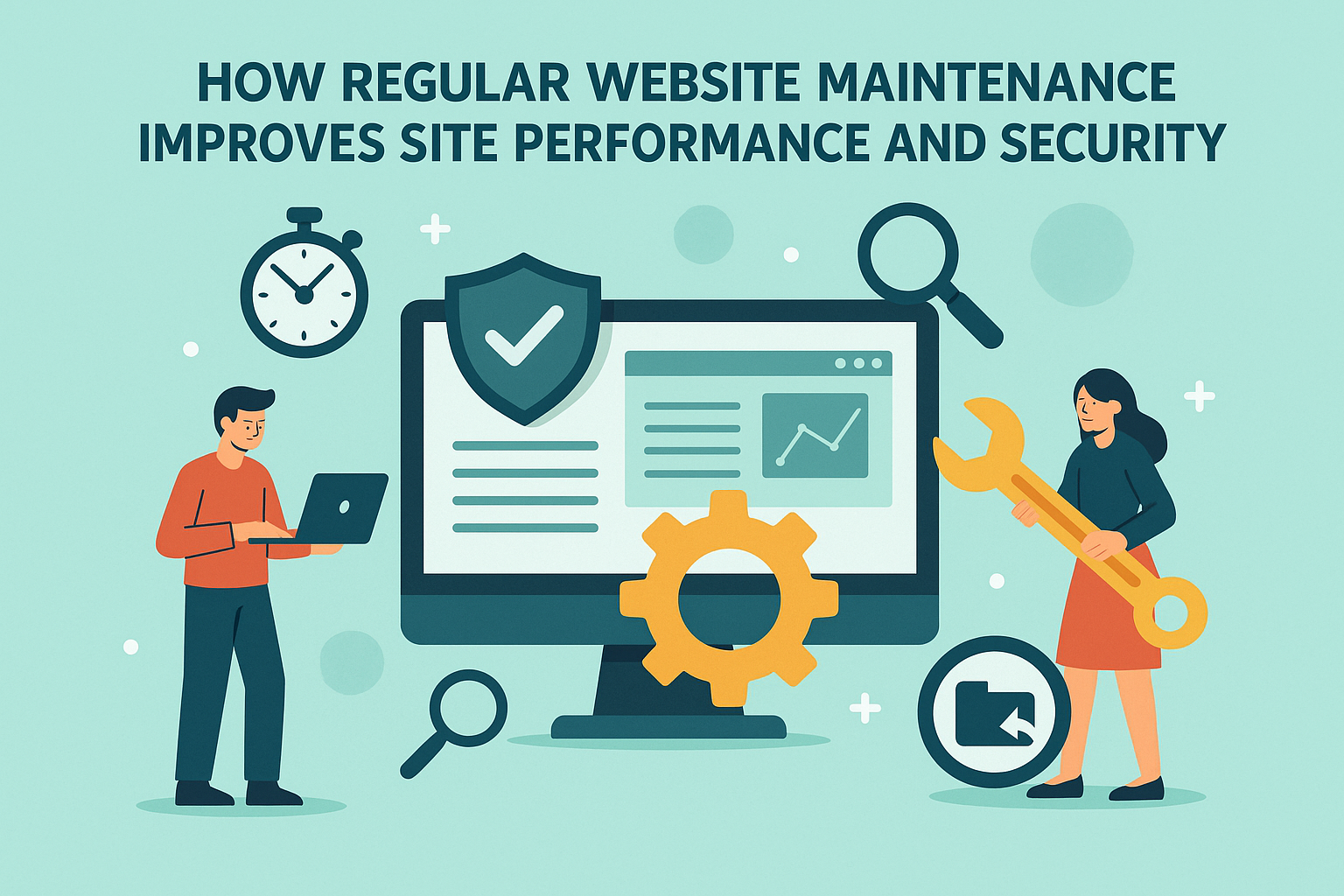
Essential Website Maintenance Checklist for 2025: Keep Your Site Running Smoothly

Complete Website Maintenance Roadmap for 2025: Keep Your Site Secure, Fast, and Reliable
Introduction
Running an e-commerce store in 2025 requires more than just adding new products and processing orders. Regular website maintenance ensures your store remains secure, fast, and user-friendly, helping you retain customers and maximize revenue. With online shopping competition at an all-time high, even small maintenance tasks can make a big difference in performance and conversions.
1. Security and Fraud Prevention
Cybersecurity threats targeting e-commerce stores have increased, making security updates a top priority. Always install the latest CMS and plugin patches, enable SSL encryption, and implement multi-factor authentication for admin accounts. Use fraud detection tools to monitor suspicious transactions and protect your customers’ data.
2. Product and Inventory Updates
Outdated or inaccurate product listings can frustrate customers and harm your reputation. Regularly update product descriptions, images, and stock availability. Automate inventory syncing with your warehouse or supplier systems to avoid overselling or stockouts.
3. Website Speed Optimization
Slow-loading pages can cause customers to abandon their carts. Optimize images, reduce server response time, and use a Content Delivery Network (CDN) to deliver fast, consistent performance across different regions.
4. Mobile Shopping Experience
With mobile shopping accounting for the majority of e-commerce traffic, your store must be fully responsive. Test all key shopping functions—like product search, cart, and checkout—on multiple devices to ensure a smooth mobile experience.
5. SEO and Content Refresh
SEO for e-commerce requires constant attention. Update product metadata, refresh category descriptions, and remove duplicate content. Publish blog posts, buying guides, and product comparisons to improve search visibility and attract new customers.
6. Payment Gateway Testing
Broken or slow payment processing can cost you sales. Regularly test all payment methods, including credit cards, PayPal, and digital wallets, to ensure they work seamlessly. Keep your payment gateway software up to date for security and performance.
7. Backup and Recovery Plans
Data loss can be devastating for an online store. Implement daily automated backups for your database, product images, and site files. Store backups securely in multiple locations to safeguard against hardware failures or hacking incidents.
8. Customer Experience Improvements
Gather customer feedback through surveys and reviews to identify pain points. Make improvements to site navigation, product filtering, and customer support response times to enhance the shopping experience.
9. Performance and Analytics Monitoring
Track your site’s performance with analytics tools. Monitor bounce rates, cart abandonment, and top-performing products to guide your marketing and maintenance decisions.
Conclusion
Maintaining an e-commerce website is an ongoing process that impacts your brand reputation, search rankings, and revenue. By following this 2025 maintenance guide, you can ensure your online store runs smoothly, keeps customers happy, and stays ahead of competitors in a rapidly evolving digital market.






